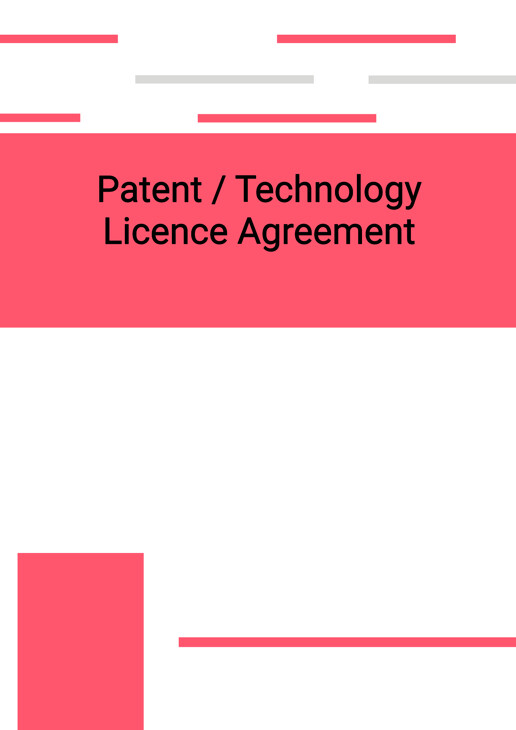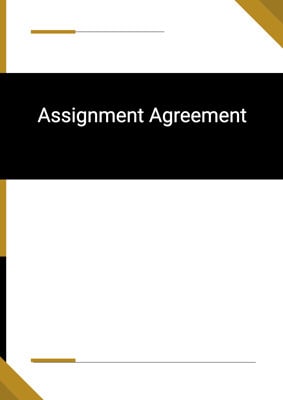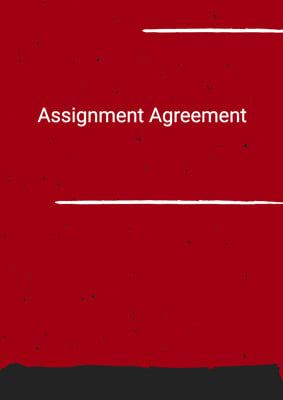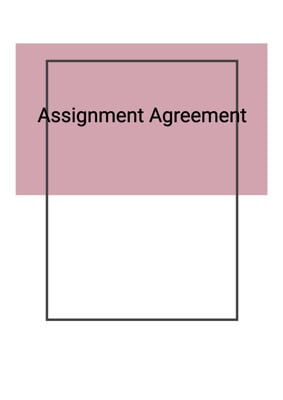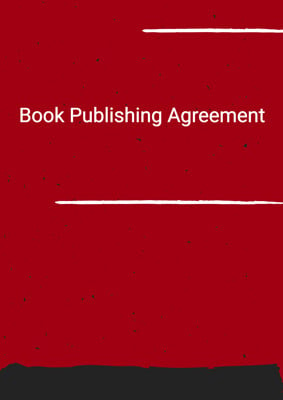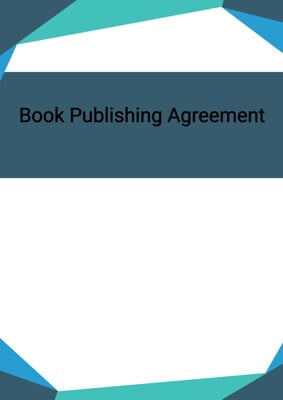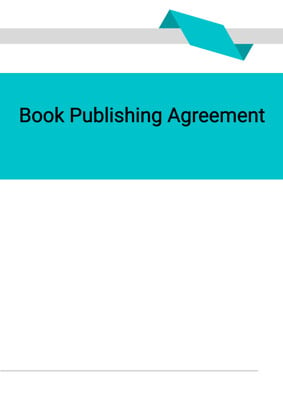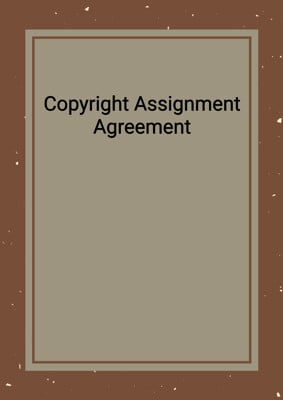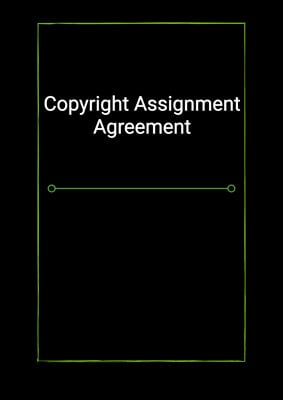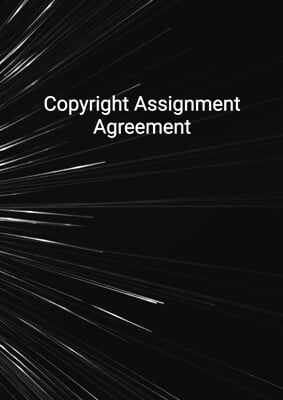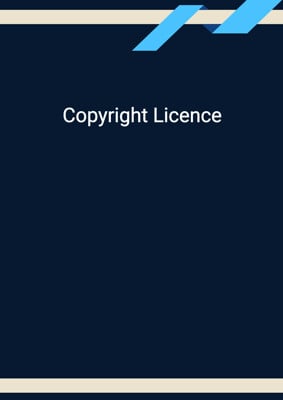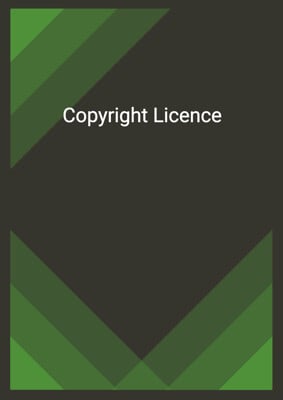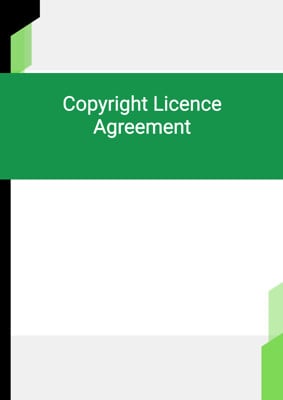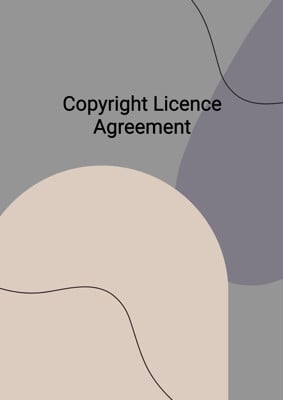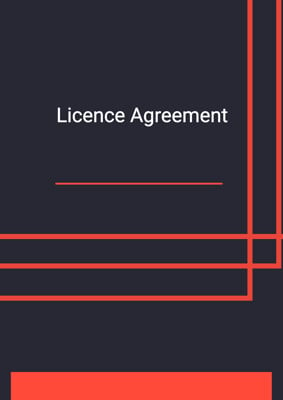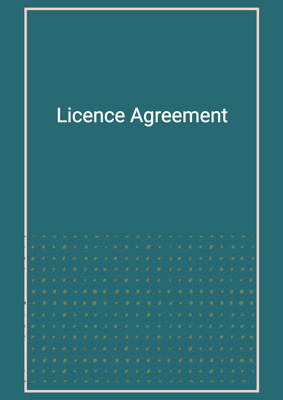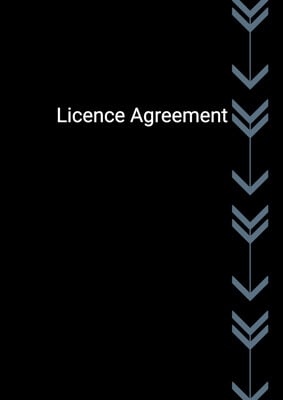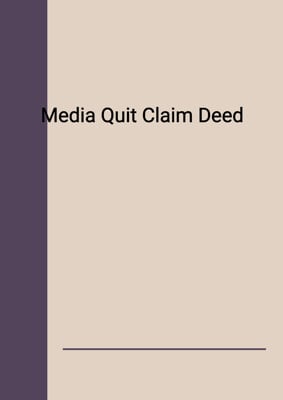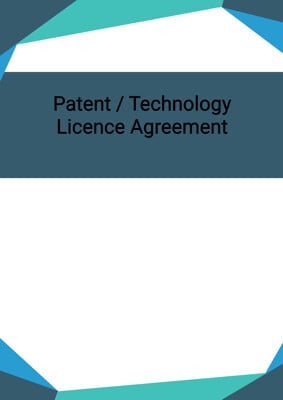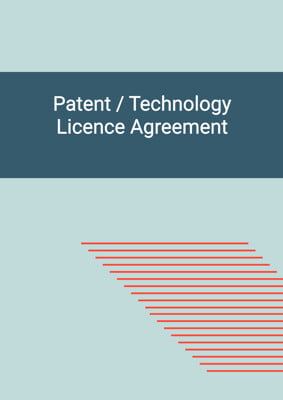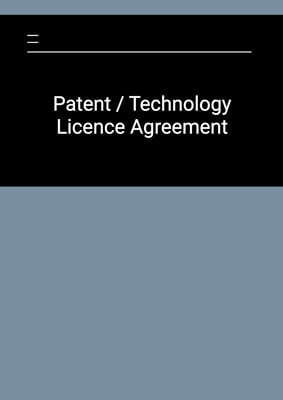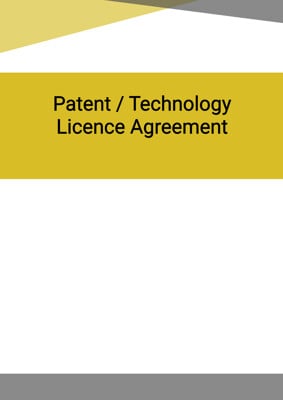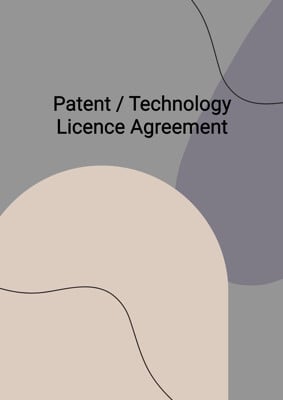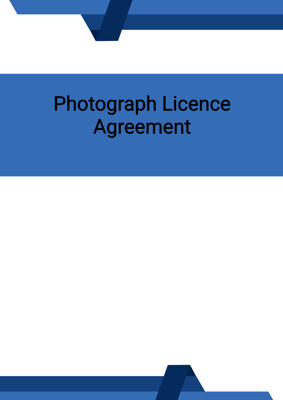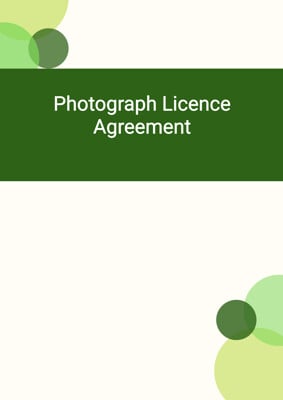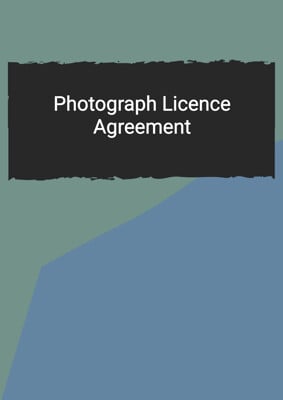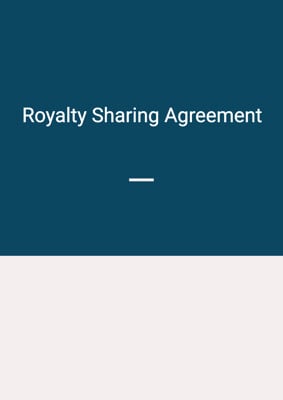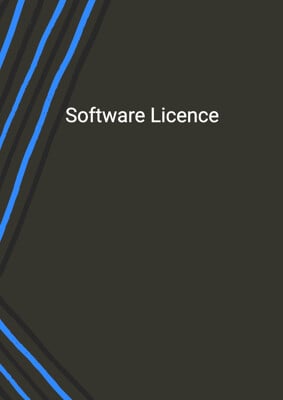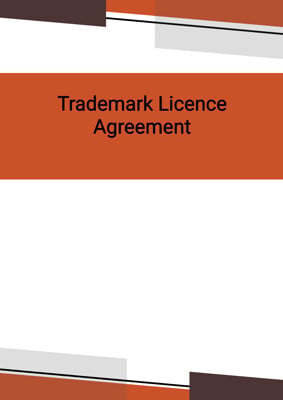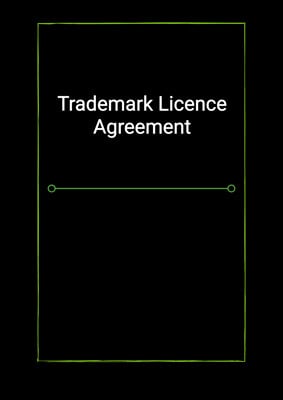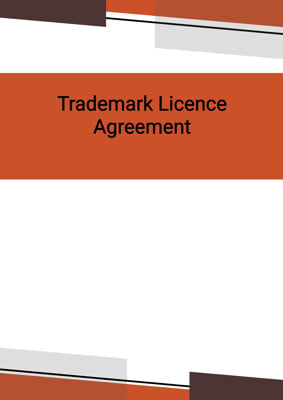How to Tailor the Document for Your Need?
01
Create Document
Fill in the details of the parties. You can click the "Fill with Member’s Information" button to complete it with information saved to your account.
02
Fill Information
Please fill in any additional information by following the step-by-step guide on the left hand side of the preview document and click the "Next" button.
03
Get Document
When you are done, click the "Get Document" button and you can download the document in Word or PDF format.
04
Review Document
Please get all parties to review the document carefully and make any final modifications to ensure that the details are correct before signing the document.
Document Preview
Document Description
This Patent/Technology Licence Agreement is a legal document that outlines the terms and conditions for granting a license to use certain intellectual property rights relating to an invention. The agreement is entered into between the licensor, who owns the intellectual property, and the licensee, who wishes to obtain a license to use the technology for a specific purpose.
The importance of this document lies in its ability to protect the rights of both parties involved. It clearly defines the scope of the license, the obligations of the licensee, and the rights of the licensor. By entering into this agreement, both parties can ensure that their interests are protected and that any potential disputes or misunderstandings can be resolved in a fair and legal manner.
The document is divided into several sections, each addressing a specific aspect of the agreement. The first section provides definitions for key terms used throughout the document, ensuring clarity and understanding. The second section focuses on the grant of the license, specifying its scope, duration, and any restrictions or limitations. The third section outlines the license fee and payment terms, ensuring that the licensee understands their financial obligations.
The fourth section addresses improvements made to the licensed intellectual property during the term of the agreement. It clarifies that any improvements will be owned by the licensor and must be disclosed to them. The licensee is also required to assist in vesting ownership rights in the licensor.
The fifth section deals with the disclosure of confidential information. Both parties are obligated to maintain the confidentiality of any information disclosed during the course of the agreement. The licensee is prohibited from publishing any material containing or relating to the licensed intellectual property without the licensor's prior written consent.
The sixth section addresses liabilities and warranties. It states that the licensor does not provide any warranty regarding the validity of the intellectual property rights or the safety and effectiveness of the licensed technology. It also limits the liability of both parties for any claims arising from a breach of the agreement.
The seventh section covers force majeure, stating that if an event beyond the control of a party prevents them from fulfilling their obligations, their performance is suspended until the event is resolved.
The final section deals with termination of the agreement. It specifies the circumstances under which the agreement may be terminated and the consequences of termination.
Overall, this Patent/Technology Licence Agreement is a crucial document for protecting the rights and interests of both the licensor and the licensee. It provides a clear framework for the use of intellectual property and ensures that both parties understand their rights and obligations.
How to use this document?
1. Review the definitions section to understand the key terms used throughout the agreement.
2. Understand the scope of the license granted by the licensor and any restrictions or limitations.
3. Familiarize yourself with the license fee and payment terms, ensuring that you understand your financial obligations.
4. Be aware of the licensor's ownership rights in any improvements made to the licensed intellectual property during the term of the agreement.
5. Maintain the confidentiality of any information disclosed during the course of the agreement and obtain the licensor's written consent before publishing any material related to the licensed intellectual property.
6. Understand that the licensor does not provide any warranty regarding the validity of the intellectual property rights or the safety and effectiveness of the licensed technology.
7. Be aware of the limitations on liability for both parties in case of any claims arising from a breach of the agreement.
8. Understand the provisions regarding force majeure and how they may affect the performance of the agreement.
9. Familiarize yourself with the circumstances under which the agreement may be terminated and the consequences of termination.
Not the right document?
Don’t worry, we have thousands of documents for you to choose from:
